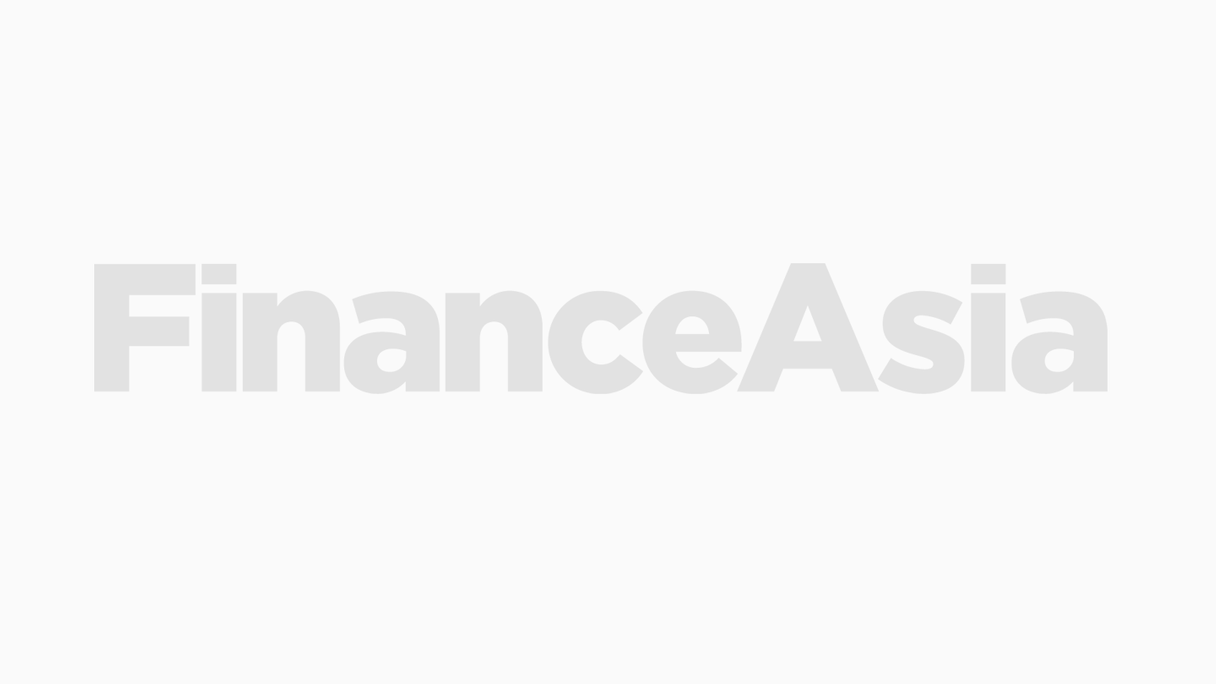Friday saw China Techfaith Wireless Communication Technology price each American Depositary Receipts (ADR) at $16.25, the upper end of the $15-17 range.
Each ADR represents 15 ordinary shares.
Merrill Lynch was sole bookrunner of the deal. The total raised includes a 15% greenshoe.
The company is following the familiar route of Chinese tech companies listing ADRs on Nasdaq. This involves incorporating offshore (Cayman Islands in the case of Techfaith), issuing ordinary shares but not listing them, and listing ADRs or GDRs off the back of the ordinary shares. In theory, this means the company will be then free at some point to list its ordinary shares in Hong Kong, hopefully benefiting from the more aggressive US valuations.
Specialists expressed a great deal of satisfaction with the dealÆs execution.
ôMarkets have been very tricky. Just as the deal was launched, one month ago, the Nasdaq saw a sharp correction, causing it to drop 12% for the year, making it one of the worst-performing markets in the world. In the face of the uncertainty caused by that fall, getting this deal away was an excellent performance,ö comments one observer.
Indeed, one Chinese encryption software company looking to a US listing, Watchdata Technologies, had to slash its price range by 24% in early May, and reportedly pulled the offering altogether last Wednesday.
TechfaithÆs offer, consisting of 80% new shares and 20% old shares underlying 8.7 million ADRs, was priced at 14x 2005 earnings, the halfway point of the 13-15x 2005 earnings indicative range.
The old shares being sold came from the private equity arms of Qualcomm and Intel.
The books were oversubscribed four times, with equal allocations to the US, Asia and Europe. 15% of the deal went to retail investors.
Specialists said the companyÆs strong profitability had created a favourable buzz, but also questions about its sustainability.
The company has 1000 engineers in China, and achieved net earnings in 2003, 2004 and 2005 of $5 million, $20 million and a forecast $49 million respectively.
The company was founded in 2002.
Investors also liked the management, key members of which are former Motorola employees.
The company sells 60% of its designs domestically, while 40% go abroad. Its customers are not the top-end mobile phone manufacturers such as Motorola and Nokia, but the likes of Alactel, NEC and Chinese manufacturers such as Haier and Lenovo.
Investors responded positively to these factors, and the top 12 orders took 65% of the allocation. The one-to-one conversion rate amongst fund managers was 80% globally.
Finding comps for the company was not easy, say specialists, and valuations were based on a mixture of software companies, fabless design houses and mobile phone manufacturers. On a global basis these show price to 2005 earnings ratios of 13-18x, 20-22x and 10-16x respectively. The manufacturersÆ low ratios reflected their low margins.
Ultimately, the listing on Nasdaq helped the company achieved a relatively aggressive valuation, point out specialists.
Sign In to Your Account To Access Exclusive FinanceAsia Content!
Please sign in to your subscription to unlock full access to our premium FA resources.
Free Registration & 7-Day Trial
Register now to enjoy a 7-day free trial - no registration fees required. Click the link to get started.
Note: This free trial is a one-time offer.
Questions?
If you have any enquiries or would like a quote for a team or company licence, please contact us at [email protected]. Our subscription team will be happy to assist you.
Share our publication on social media
